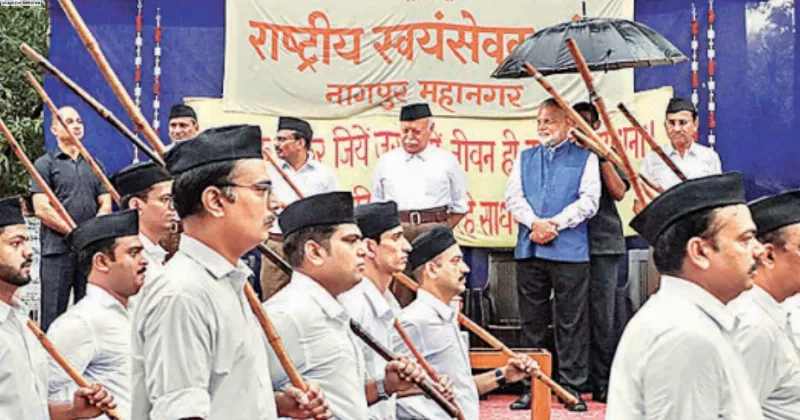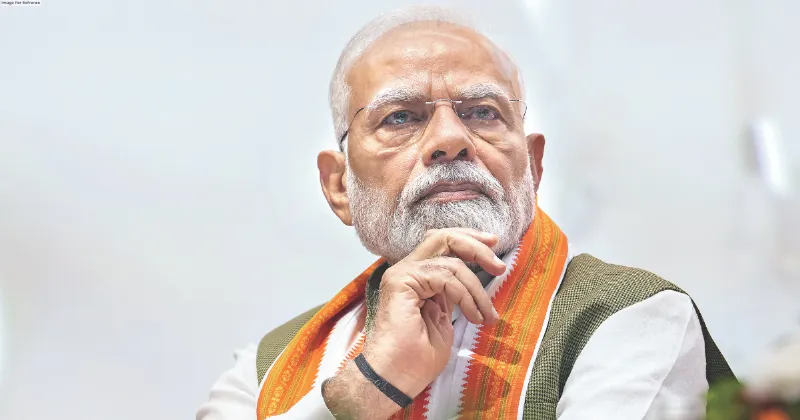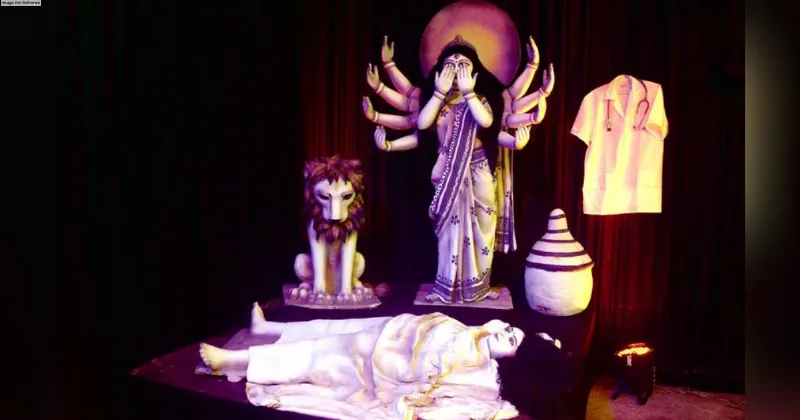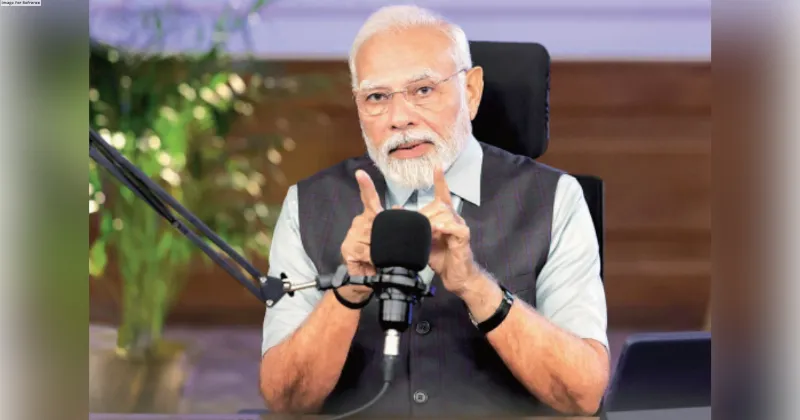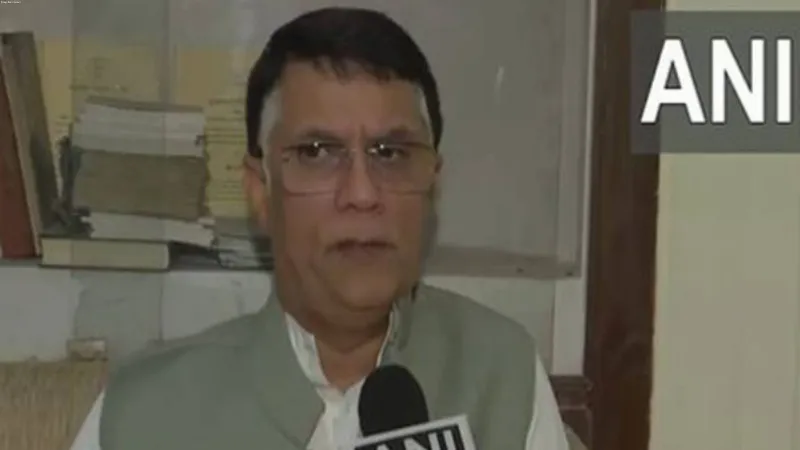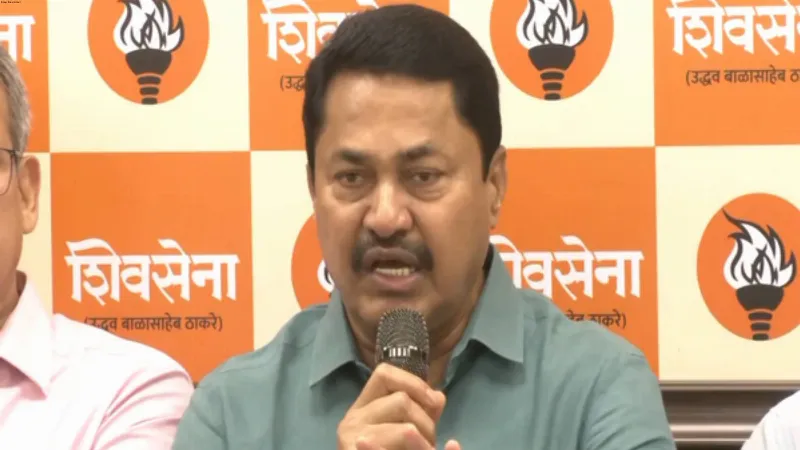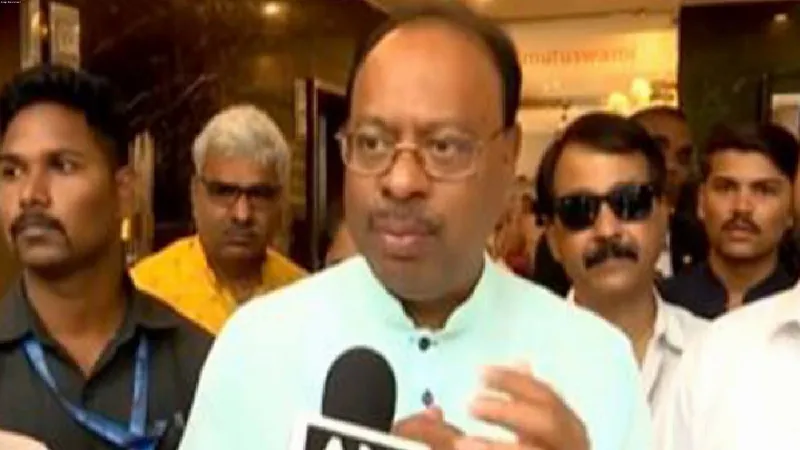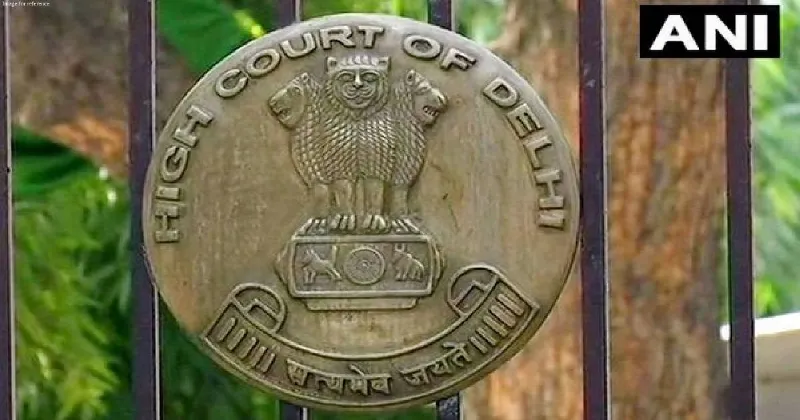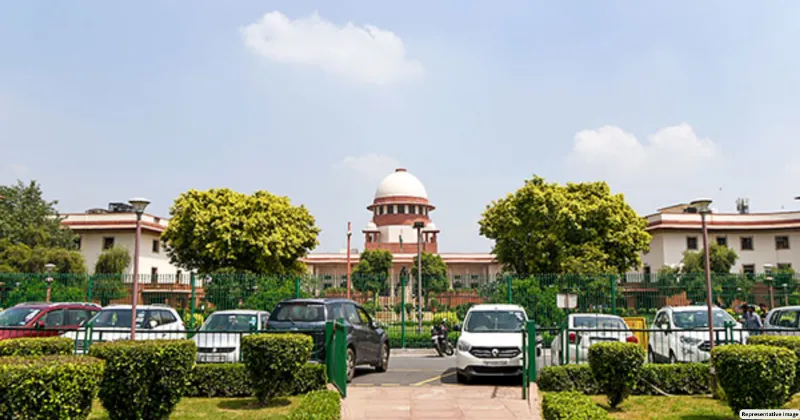DURGA PUJA: NOT ONLY RELIGION, BUT REALISING IT’S ECONOMIC IMPACT

Armed with the UNESCO tag of the Indian Cultural Heritage, Durga Puja, today is one of the epicentres of the biggest (in terms of people involvement and money matters) industries which spins around and produces a market worth thousands of crores of rupees and provides jobs directly and indirectly to thousands of skilled and unskilled labour in West Bengal. After the UNESCO recognition, it is time we coordinated better and showcased this biggest festival as the biggest job opportunity for thousands. The industries which flourish due to Durga Puja include, idol-making, pandal, illumination and lighting, food and beverages, publishing, tourism industry and advertising revenue. Also, the five-day festival involves people from different sectors — the skilled and unskilled sectors and they are electricians, security guards, priests, dhakis, labourers associated with idol transportation, and those linked with the arrangement of ‘bhog’ (food offered to the Goddess) and catering. “Not only the core Durga puja activities, but also fashion, textiles, footwear, cosmetics and retail sectors get a boost by the buyingspree of people, while literature and publishing, tour, travel, hotel and restaurant and film and entertainment businesses enjoy a sudden bump in sales during the Durga Puja festivities,” said Forum For Durgotsab (FFD), president, Kajal Sarkar to PTI. FFD is an umbrella organisation of 400 community pujas. “Our guesstimation is that transactions around the festival could be up to Rs 50,000 crore this year,” he said. “After two years of the pandemic, revellers, this time, have been taking to pandal hopping with renewed fervour, while the corporates are also liberal this time for sponsorship, and their spending is at least Rs 500 crore. The enthusiasm among people around the festival is the unique selling proposition,” said Sarkar. Before Durga Puja became a national symbol, it was a marker of pride and a class for the merchants of Bengal in the 18th century. Gradually, it became more widespread and, by the 20th century, it gained popularity at the community and national levels. This involved the public organisation of Durga Puja in Pandals or temporary sheds used for public meetings.
WHAT IS INTANGIBLE CULTURAL HERITAGE?
According to Unesco, cultural heritage does not end at monuments or cultural objects. It also goes on to include traditions that people inherit from their ancestors like oral traditions, performing arts, social practices, rituals, festive events or knowledge and skills to produce traditional crafts. In the wake of growing globalisation, Unesco says that intangible cultural heritage is an important factor to maintain cultural diversity. An ability to understand intangible cultural heritage helps different communities to engage in intercultural dialogue and encourages mutual respect for different ways of life. The intangible cultural heritage list tries to safeguard elements that require urgent measures to keep them alive. The list also helps to mobilise international support and cooperation for stakeholders to undertake safeguarding measures.
COMING BACK TO THE MONEY MATTERS
Economist Debnarayan Sarkar feels that Durga Puja is a consumption-led activity and has a multiplier effect on the state’s gross domestic product. “An Assocham study in 2013 showed the size of the Durga Puja industry was Rs 25,000 crore and estimated that it was growing by around 35 per cent. If we consider this, the puja industry now should touch around Rs 70,000 crore. We need a proper study to assess the value of the puja economy,” he said. “Compared to the length and breadth of Durga Pujas, we are sure that its contribution to the state economy is either at par or bigger than the contribution of Rio de Janeiro carnival to the Brazilian city’s economy, and the cherry blossom festival in Japan,” Sarkar, a former professor at Presidency University. “The grandeur around the festival involves transactions of not less than Rs 40,000 crore and provides employment to at least twothree lakh people across the state as the activities for the festivities begin three-four months ahead,” said Partho Ghosh, the chairman of FFD. The puja committees act as facilitators of micro-economy, said Ghosh, who has been associated with community puja for 52 years. The British Council conducted a study, mapping the creative economy around Durga Puja 2019, which showed that Durga Puja accounts for 2.58 percent of the state GDP. “We commissioned research for the West Bengal government that estimated the total value of creative industries around Durga Puja in the state in 2019 at around Rs 33,000 crore (USD 4.5 billion). It established two things — a baseline value for similar research in the future and a methodology for carrying out similar research for other festivals or indeed, the whole creative economy of West Bengal, and in other states too,” British Council, East and Northeast India, director Debanjan Chakrabarti said. It is time we realize the magnanimity of Durga Puja and plan the whole operations more professionally to attract global tourists and make it more saleable to the world and a global event to attract global tourists to increase its economic impact.
THE VIEWS EXPRESSED BY THE AUTHOR ARE PERSONAL
ROBIN ROY The writer is Senior Journalist and former Managing Editor, First India



